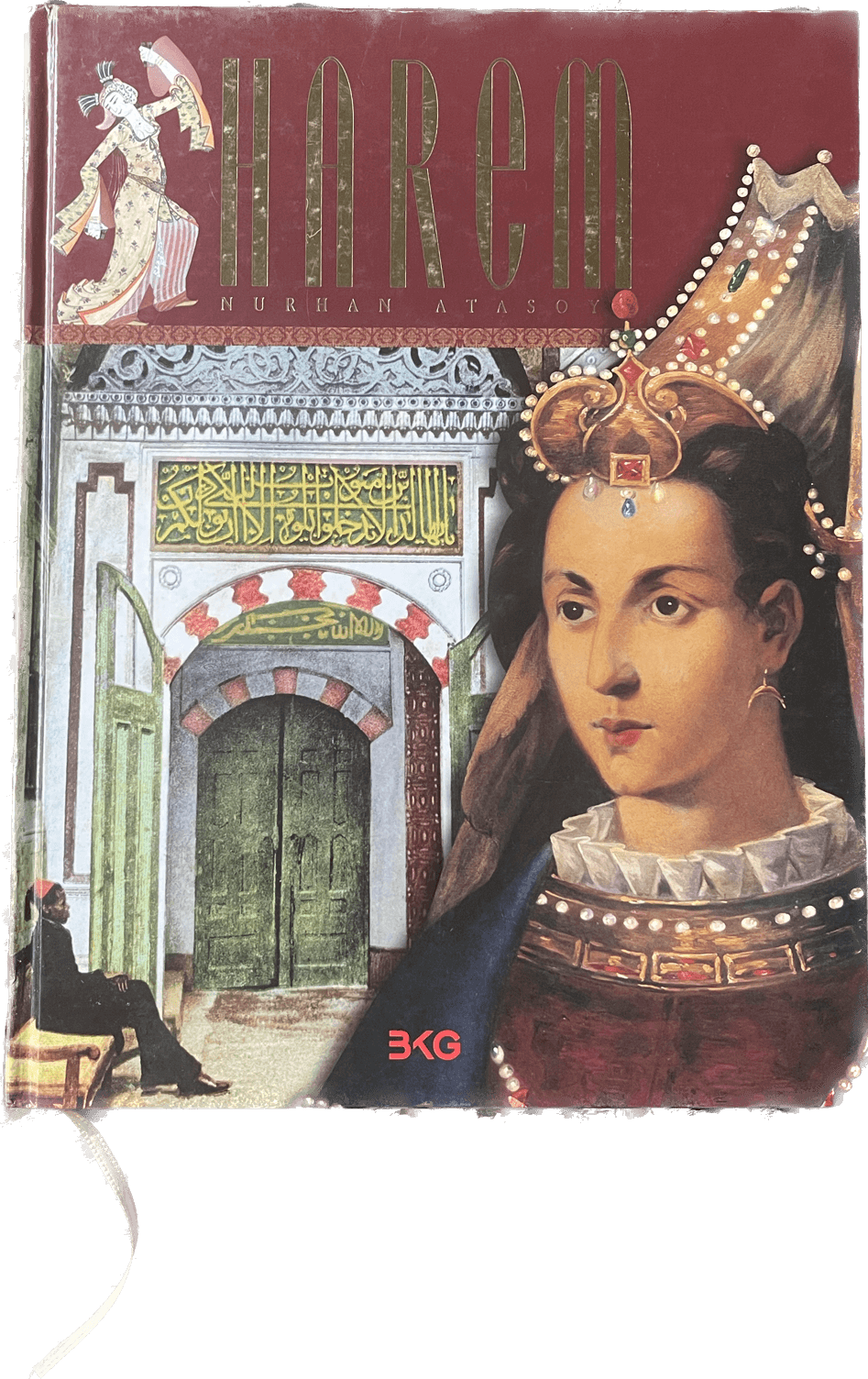Buddhist Goddesses of India
Miranda Shaw
The Indian Buddhist world abounds with goddesses-voluptuous tree spirits, maternal nurturers, potent healers and protectors, transcendent wisdom figures, cosmic mothers of liberation, and dancing female Buddhas. Despite their importance in Buddhist thought and practice, these female deities have received relatively little scholarly attention, and no comprehensive study of the female pantheon has been available. Buddhist Goddesses of India is the essential and definitive guide to divinities that, as Miranda Shaw writes, "operate from transcendent planes of bliss and awareness for as long as their presence may benefit living beings.
Beautifully illustrated, the book chronicles the histories, legends, and artistic portrayals of nineteen goddesses and several related human figures and texts. Drawing on a sweeping range of material, from devotional poetry and meditation manuals to rituals and artistic images, Shaw reveals the character, powers, and practice traditions of the female divinities. Interpretations of intriguing traits such as body color, stance, hairstyle, cloth-ing. jewelry, hand gestures, and handheld objects lend deep insight into the symbolism and roles of each goddess.
In addition to being a comprehensive reference, this book traces the fascinating history of these goddesses as they evolved through the early, Mahayana, and Tantric movements in India and found a place in the pantheons of Tibet and Nepal.
Miranda Shaw
The Indian Buddhist world abounds with goddesses-voluptuous tree spirits, maternal nurturers, potent healers and protectors, transcendent wisdom figures, cosmic mothers of liberation, and dancing female Buddhas. Despite their importance in Buddhist thought and practice, these female deities have received relatively little scholarly attention, and no comprehensive study of the female pantheon has been available. Buddhist Goddesses of India is the essential and definitive guide to divinities that, as Miranda Shaw writes, "operate from transcendent planes of bliss and awareness for as long as their presence may benefit living beings.
Beautifully illustrated, the book chronicles the histories, legends, and artistic portrayals of nineteen goddesses and several related human figures and texts. Drawing on a sweeping range of material, from devotional poetry and meditation manuals to rituals and artistic images, Shaw reveals the character, powers, and practice traditions of the female divinities. Interpretations of intriguing traits such as body color, stance, hairstyle, cloth-ing. jewelry, hand gestures, and handheld objects lend deep insight into the symbolism and roles of each goddess.
In addition to being a comprehensive reference, this book traces the fascinating history of these goddesses as they evolved through the early, Mahayana, and Tantric movements in India and found a place in the pantheons of Tibet and Nepal.
Miranda Shaw
The Indian Buddhist world abounds with goddesses-voluptuous tree spirits, maternal nurturers, potent healers and protectors, transcendent wisdom figures, cosmic mothers of liberation, and dancing female Buddhas. Despite their importance in Buddhist thought and practice, these female deities have received relatively little scholarly attention, and no comprehensive study of the female pantheon has been available. Buddhist Goddesses of India is the essential and definitive guide to divinities that, as Miranda Shaw writes, "operate from transcendent planes of bliss and awareness for as long as their presence may benefit living beings.
Beautifully illustrated, the book chronicles the histories, legends, and artistic portrayals of nineteen goddesses and several related human figures and texts. Drawing on a sweeping range of material, from devotional poetry and meditation manuals to rituals and artistic images, Shaw reveals the character, powers, and practice traditions of the female divinities. Interpretations of intriguing traits such as body color, stance, hairstyle, cloth-ing. jewelry, hand gestures, and handheld objects lend deep insight into the symbolism and roles of each goddess.
In addition to being a comprehensive reference, this book traces the fascinating history of these goddesses as they evolved through the early, Mahayana, and Tantric movements in India and found a place in the pantheons of Tibet and Nepal.








